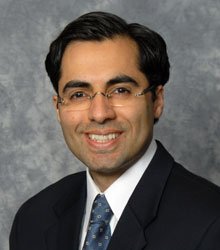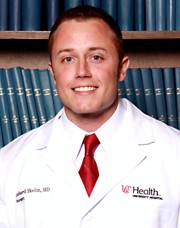Author Interviews, Brigham & Women's - Harvard, Cost of Health Care, Health Care Systems, JAMA / 20.10.2015
Physician Integration into Hospital Systems Can Raise Outpatient Spending
MedicalResearch.com Interview with:
Hannah Neprash PhD student
Health Policy program
Harvard University.
Medical Research: What is the background for this study?
Response: Hospitals are increasingly employing or purchasing physician practices. This trend started before the Affordable Care Act, as our study documents, but there is a concern that these trends may accelerate as providers reorganize to meet the challenges of new payment models that hold providers accountable for the entire spectrum of patient care, spanning inpatient and outpatient settings. It’s not clear how this change in provider market structure should affect spending. It could lead to lower spending, if care is better coordinated, reducing waste and unnecessary utilization. But, it could also lead to higher spending if larger provider groups have more market power and can negotiate higher prices with insurers.
Medical Research: What are the main findings?
Response: We used Medicare claims to quantify the share of physicians in major metropolitan markets that were owned or employed by a hospital. Most markets saw an increase in physician-hospital integration from 2008 to 2012. The average market saw a 3% increase in physician-hospital integration; the 75th percentile market saw a 5% increase; and the 95th percentile market saw a 15% increase. An increase in physician-hospital integration equivalent to the 75th percentile was associated with a $75 per person (or 3%) increase in annual outpatient spending among a non-elderly commercially insured population. This was driven by price increases – as we found no change in utilization.
We did not find a similar association between physician-hospital integration and inpatient hospital spending. This is likely because hospital markets were already less competitive than physician markets at the beginning of our study period. When a hospital system buys a physician practice, the hospitals might not gain much bargaining power against an insurer in negotiating prices for inpatient care, but the hospital’s bargaining power could be used to negotiate higher fees for the outpatient physician practice. That is, an insurer may not be persuaded by the threat of excluding the physician practice from its network, but the threat of excluding the entire hospital system from the insurer’s network is likely to carry more weight.
(more…)










